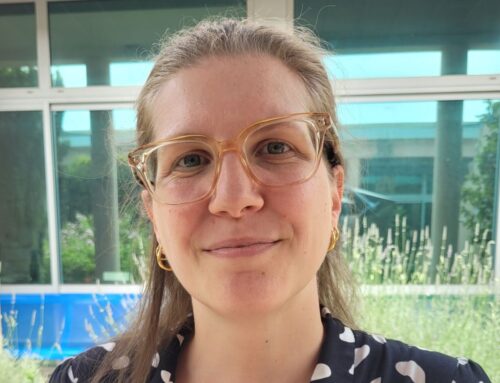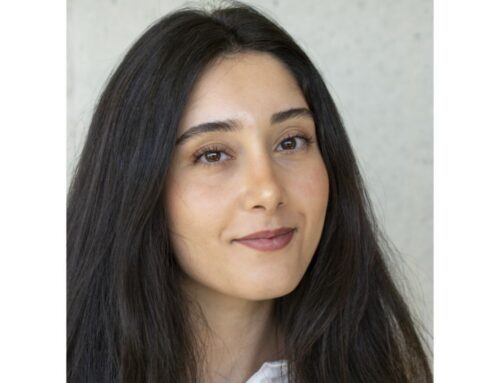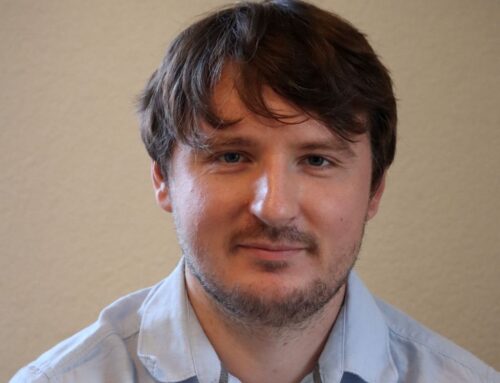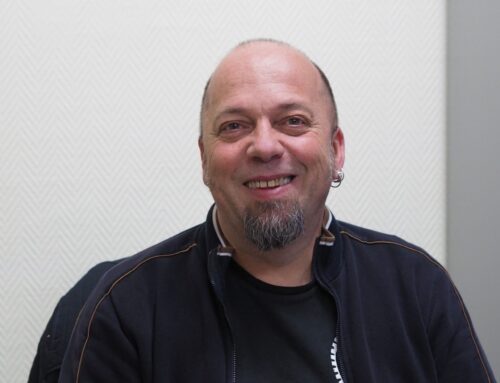HFML Nijmegen, The Netherlands.
Published on Mar 2, 2018.
In 2006 I got involved with the HFML as a consultant for a very ambitious project: the design and development of a 45 Tesla hybrid magnet. At that time I was a work-group leader at the University of Twente. During the conceptual phase of the hybrid project it became clear that system design should be carried out by and at HFML, but that component manufacturing should be outsourced under HFML direction. To strengthen the team I was asked to become lead designer of the superconducting outsert magnet system and I took up that challenge.
A hybrid magnet is more than a resistive coil and a superconducting coil, it also requires new dedicated systems for power supply, cryogenics, electronics and system control. To define specifications for all these systems and components, we first had to make important conceptual design choices. This yielded a ‘shopping list’ of components and design activities. Since all functions are interrelated and nearly all components have to be custom made and specified accordingly, planning of activities and controlling information becomes delicate. I must admit this sometimes gives me headaches. But despite major but inevitable delays, the project progresses very well. We are confident that in the near future we can offer our user the highest DC magnetic field available.
It is very stimulating to work with very competent and enthusiastic people on such a big and complex project aiming at such an ambitious goal. Now we are approaching that goal, we are also already studying concepts to produce even stronger fields. But the size and the required budget for such a project will probably exceed the capabilities of a single national lab. Therefore I think it is very good that we are already starting to work together with the labs in Grenoble, Toulouse and Dresden in the European Magnetic Field Laboratory. The EMFL has enough capacity, knowledge and funding possibilities to keep on moving forward.






Leave A Comment
You must be logged in to post a comment.